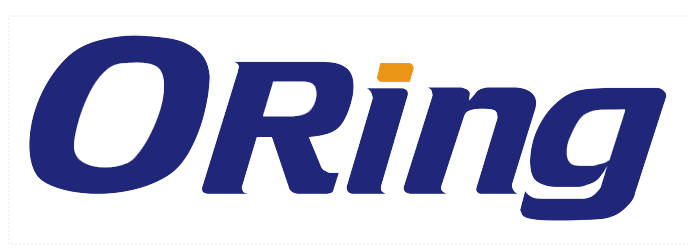VDSL (Very high-speed Digital Subscriber Line, ITU-T G.993.1), was first published in 1991 and standard approved by the International Telecommunication Union (ITU) in November 2001. It is digital subscriber line (DSL) technologies providing data transmission faster than Asymmetric Digital Subscriber Line (ADSL). VDSL offers speeds of up to 52 Mbit/s downstream and 16 Mbit/s upstream, over a single flat untwisted or twisted pair of copper wires using the frequency band from 25 kHz to 12 MHz.
VDSL2 is an enhancement of VDSL, which was standardized in ITU-T G.933.2. VDSL2 use frequencies of up to 30 MHz to provide data rates exceeding 100 Mbit/s simultaneously in both the upstream and downstream directions. The VDSL2 is capable to support wide deployment of triple play services includes voice, video, data and general Internet access.
|
Profile |
Bandwidth |
Number of |
Carrier |
Max. aggregate |
Max. downstream |
Max. upstream |
|
8a |
8.832 |
2048 |
4.3125 |
+17.5 |
50 |
16 |
|
8b |
8.832 |
2048 |
4.3125 |
+20.5 |
50 |
16 |
|
8c |
8.500 |
1972 |
4.3125 |
+11.5 |
50 |
16 |
|
8d |
8.832 |
2048 |
4.3125 |
+14.5 |
50 |
16 |
|
12a |
12 |
2783 |
4.3125 |
+14.5 |
68 |
22 |
|
12b |
12 |
2783 |
4.3125 |
+14.5 |
68 |
22 |
|
17a |
17.664 |
4096 |
4.3125 |
+14.5 |
150 |
50 |
|
30a |
30.000 |
3479 |
8.625 |
+14.5 |
230 |
100 |
|
35b |
35.328 |
8192 |
4.3125 |
+17.0 |
300 |
100 |



